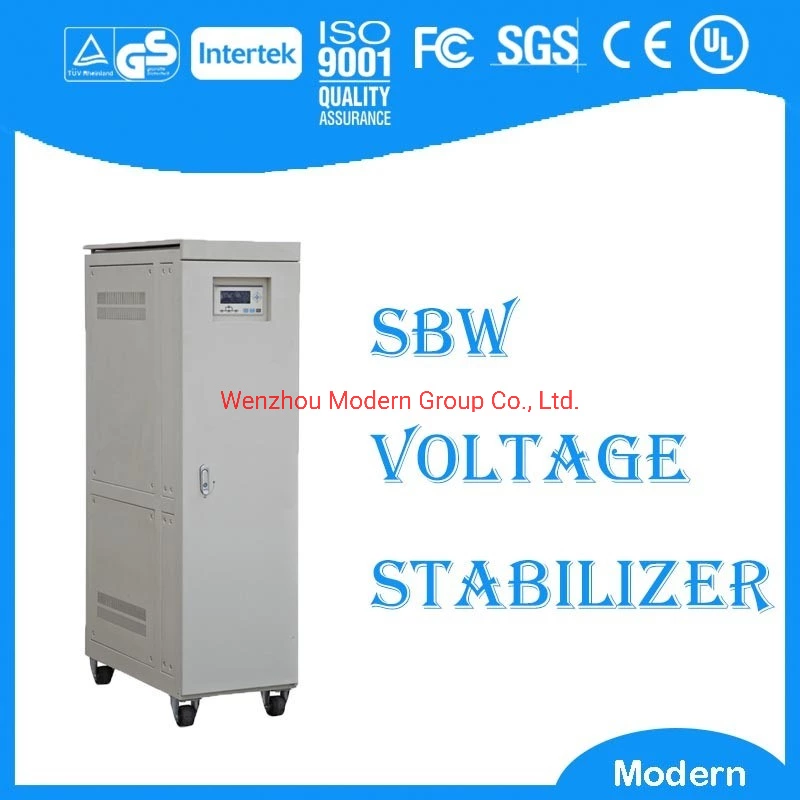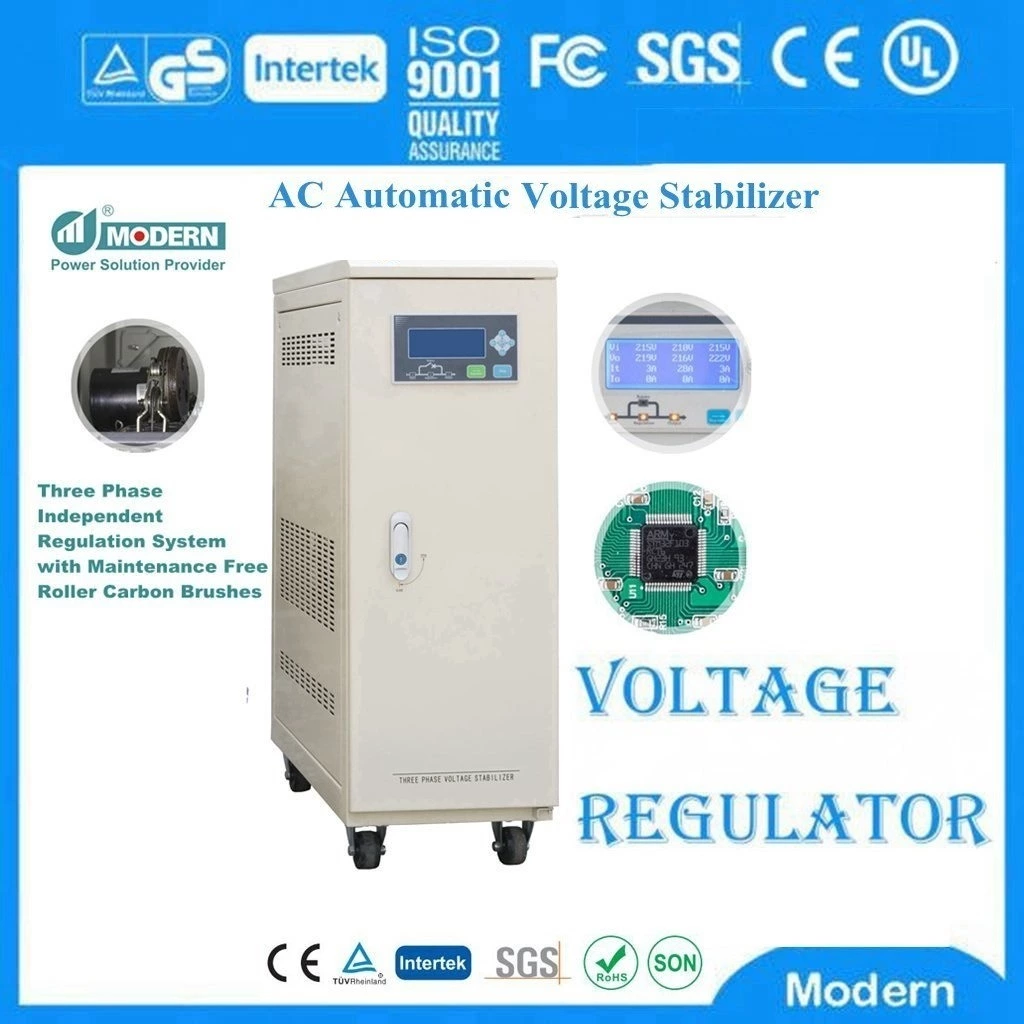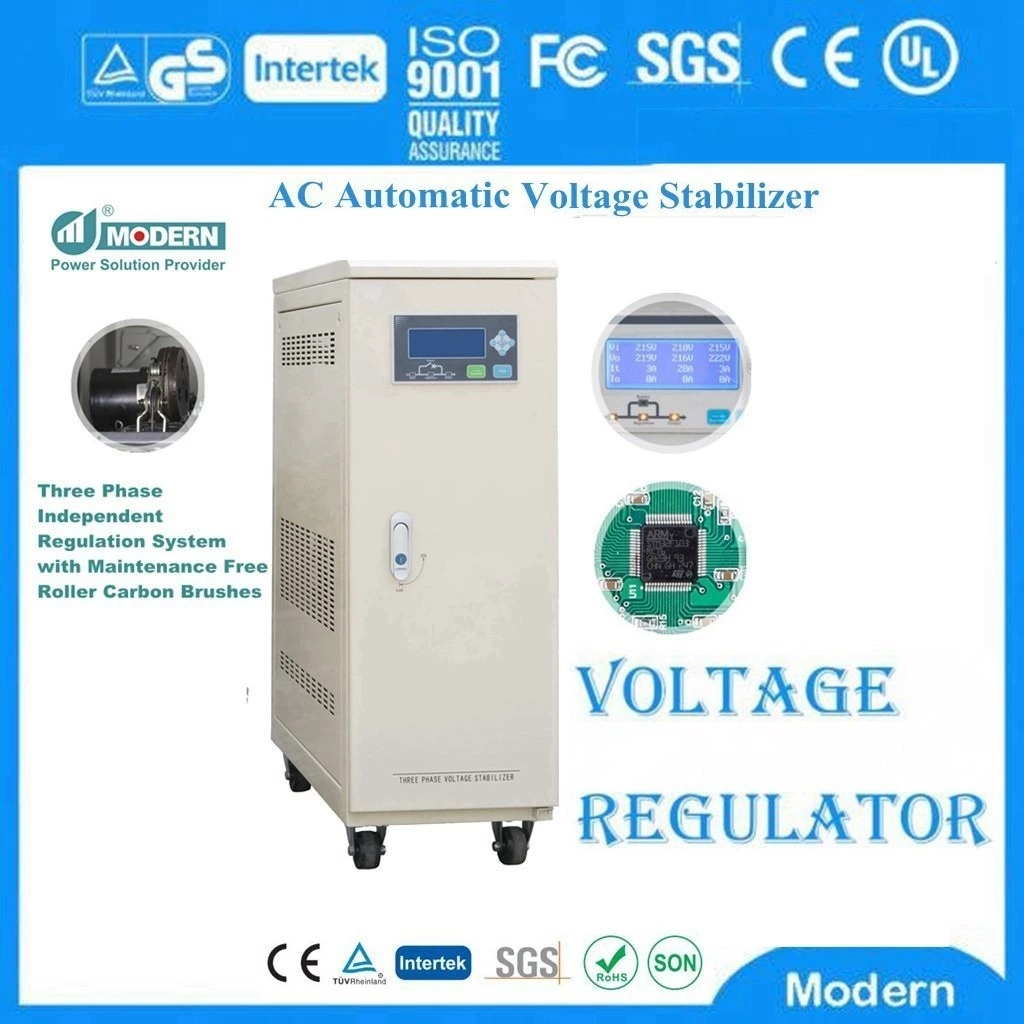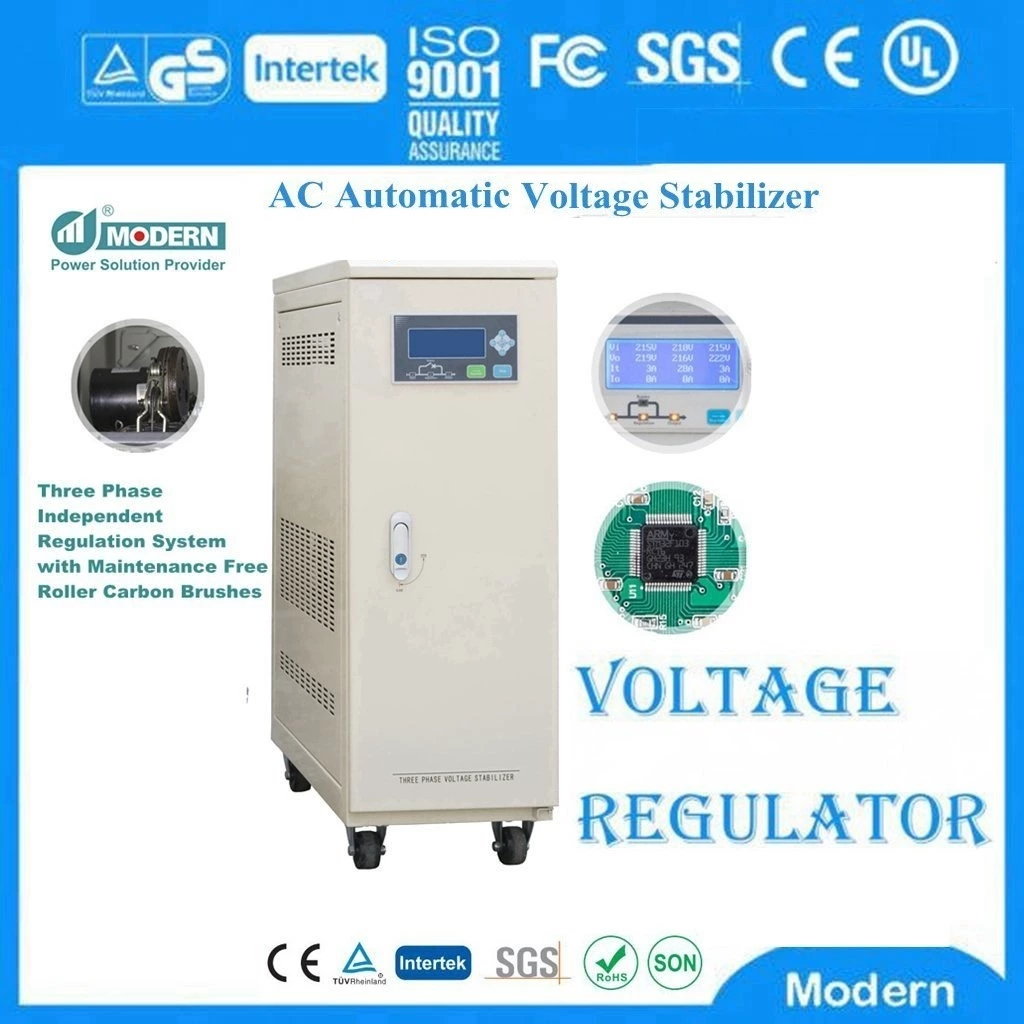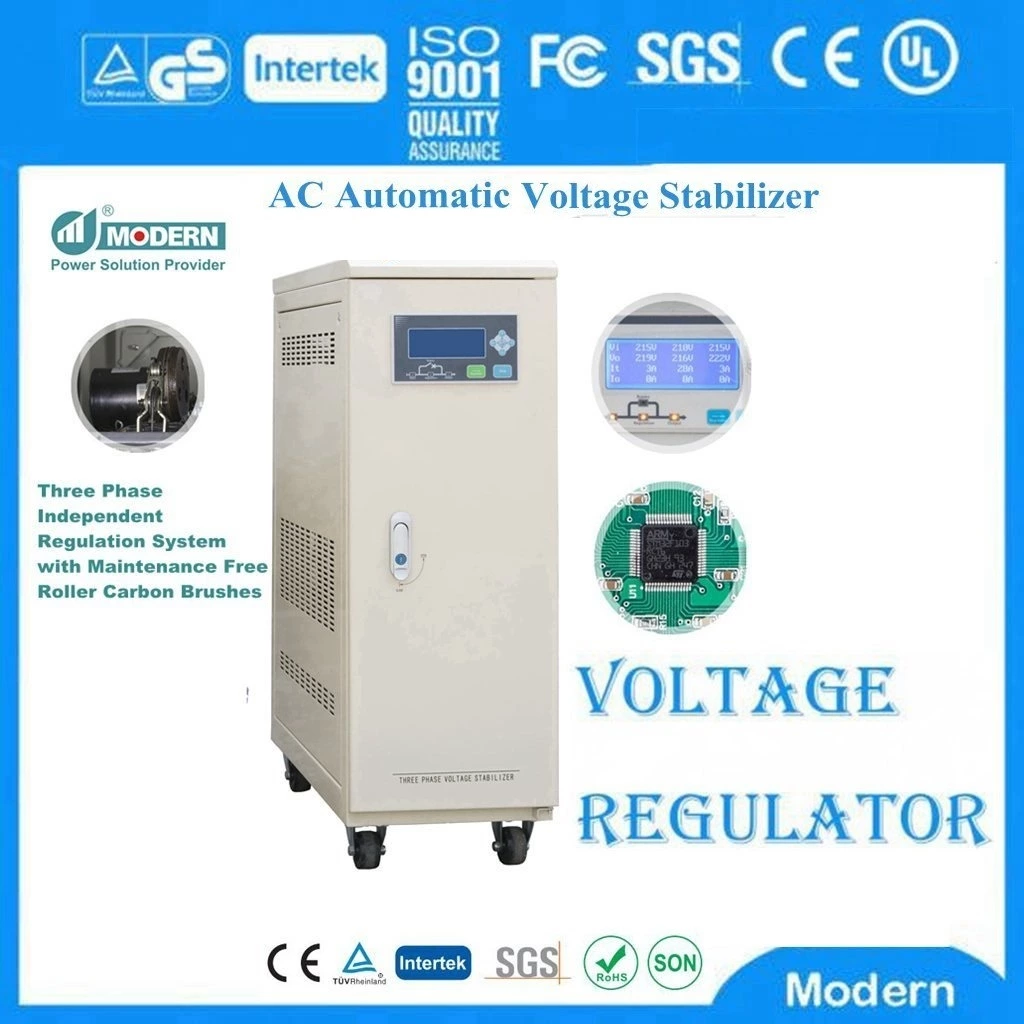Voltage Optimizer Background Technology
The output of individual photovoltaic modules is often insufficient to provide the actual power demand, so the photovoltaic module array must be formed in series and parallel to meet the design requirements. When selecting photovoltaic modules to form an array, it is usually encountered that the output power after series and parallel connection is less than the sum of the output power of individual modules due to inconsistent electrical parameters of the modules in series and parallel or partial or intermittent shading or aging of the string group. The professional term is called mismatch loss. As the operating years of the photovoltaic power station increase, it will affect the actual power generation of the entire power station to varying degrees. The traditional centralized photovoltaic power generation system will cause inestimable power losses in the photovoltaic module array due to unforeseen factors such as surrounding buildings, cloud positions, and the size of nearby obstacles. Therefore, in recent years, domestic and foreign scholars have conducted a variety of global maximum power point research and exploration on the problem of multi-peak photovoltaic array power caused by local shadows, and have achieved some remarkable results, but it is still impossible to make all photovoltaic modules work at their respective maximum power points, and the overall power loss of the string group caused by local shadow shading has not been completely solved. For centralized photovoltaic power generation systems, since there is only one energy conversion link from DC to DC voltage conversion, the control must consider both tracking the maximum power point of the solar panel and ensuring the amplitude, phase and sinusoidal degree of the grid output voltage. The control is relatively complex. The inverter has multiple inputs and uses the same MPPT. The difference between the photovoltaic modules in the series and parallel branches cannot be identified, which will greatly reduce the power generation efficiency. Therefore, it is powerless to deal with the energy loss caused by the discreteness of the photovoltaic module parameters or the difference in solar radiation conditions. At the same time, if the current does not match in series connection, it will cause individual photovoltaic modules in the array to be reverse biased to form hot spots when the array is working in a certain state. If the voltage does not match in parallel connection, it will cause the component array to work in a certain state. Hot spots and circulating currents will cause individual components in the series-parallel connection to consume power and may damage the life of the components. Especially when the photovoltaic component array cannot work under uniform illumination, the mismatch loss is even greater. The component can bypass the abnormal battery string through the bypass diode in the junction box, partially reducing the power loss caused by the current mismatch between batteries or components, but it cannot eliminate the current matching problem caused by any low-current battery component in the battery string group.
The power generation improvement of Voltage Optimiser is closely related to the actual situation of the power station. For example, the improvement ratios of large power stations and distributed photovoltaic power stations on flat ground without obstacles are different. The improvement ratios of installing voltage optimizers on photovoltaic power stations that have just been put into operation and power stations that have been connected to the grid for a certain number of years are also different. Therefore, it is necessary to conduct experiments through actual scenarios and accumulate data for string group analysis, which can provide a useful reference for the optimized operation of the power station. The annual photovoltaic output gain after adding the optimizer has different improvement ratios under different irradiation. Due to the inconsistent characteristics of photovoltaic modules in the array, current mismatch problems are easily caused, resulting in a significant decrease in the overall power generation efficiency of the system. In order to solve this problem, the industry has proposed an array architecture of voltage optimizers, which provides a new way to solve the current mismatch problem of photovoltaic array series modules. The voltage optimizer can be directly integrated with the battery module as a complete set of power equipment when the battery module leaves the factory, and the voltage optimizer can also be installed separately on the battery module. For the industry, it is more cost-effective to use a voltage optimizer integrated with battery components in newly built photovoltaic power plants. For the upgrade and transformation of existing old photovoltaic power plants, it is necessary to install additional voltage optimizers on the original components. Safe working mode or maximum power point tracking mode or sleep mode is an issue that needs to be considered. Whether it is maintenance or initial power-on or installation, it is necessary to switch between normal working mode and safe mode to ensure the safety of workers or owners.
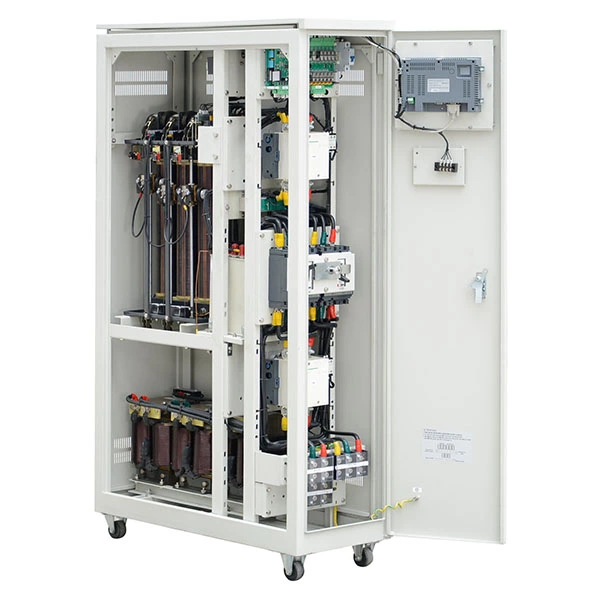
 Русский
Русский
 Français
Français
 Português
Português
 Español
Español
 اللغة العربية
اللغة العربية
